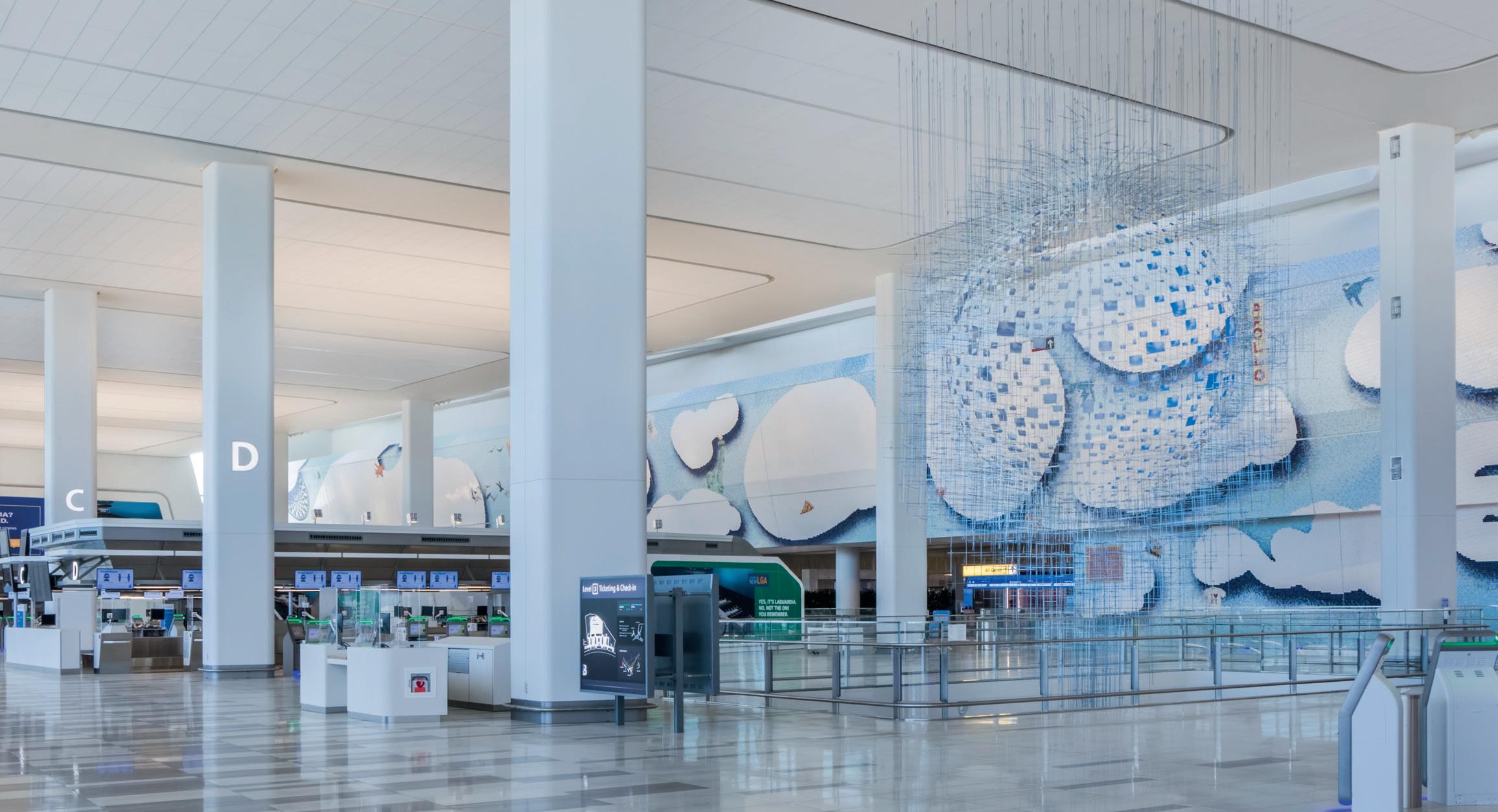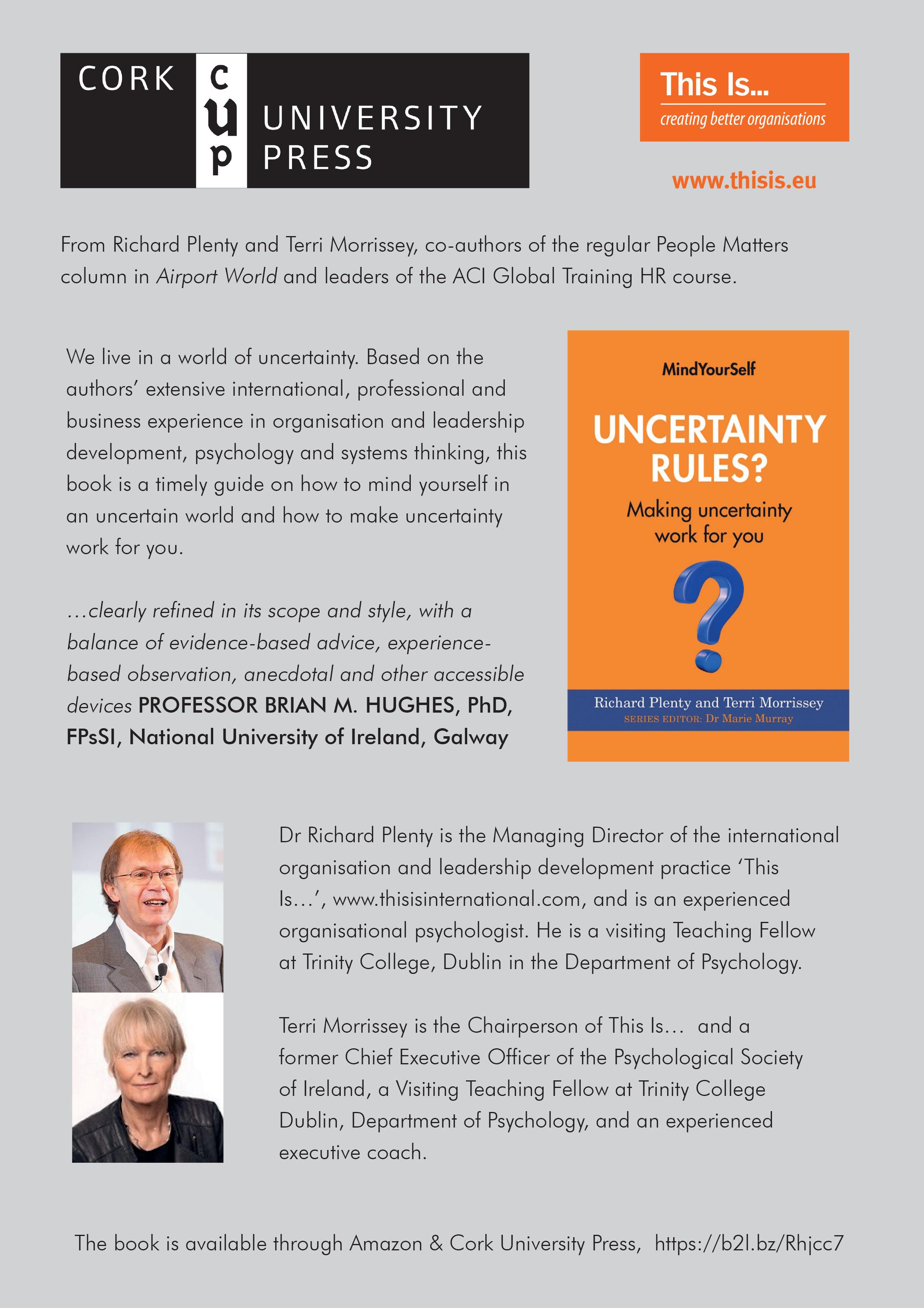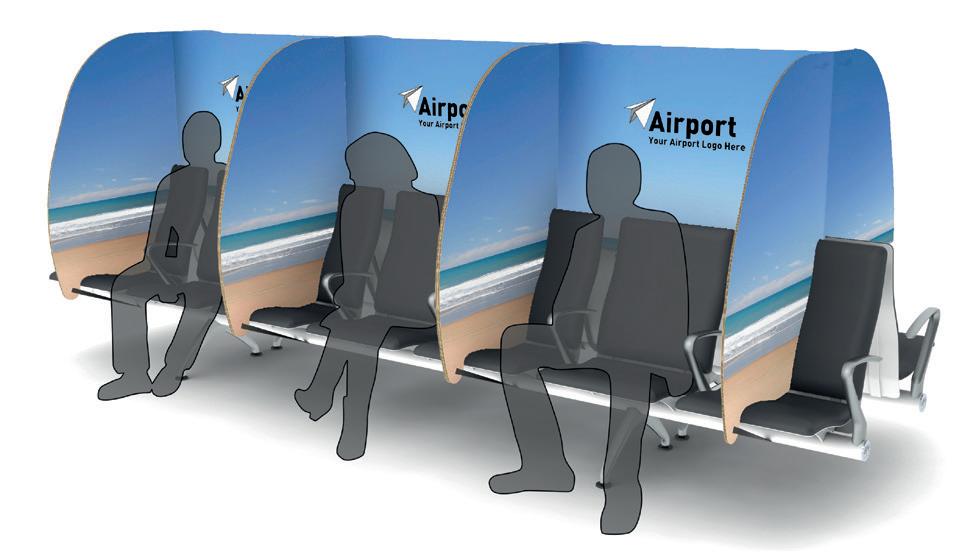
3 minute read
Loads better
Chicago Rockford International Airport proves secondary airports can be pandemic heroes and economic juggernauts, writes executive director, Mike Dunn.
While Chicago Rockford International Airport (RFD) may never be a hub, it is one of the top 20 cargo airports in the United States and cranks out cargo like one.
Advertisement
The seismic shift – almost overnight – to nearly exclusive online purchasing during the COVID-19 pandemic made airfreight one of the few industries to soar during the worst days of the crisis.
At the confluence of multiple interstate highways, RFD is perfectly positioned to rise to the occasion as a key link in the UPS and Amazon delivery networks as well as international freighter and cargo flights – right when it is needed most.
At the height of the virus, RFD was able to assist in moving health essentials like personal protection equipment and medicine, and hosted Federal Emergency Management Agency (FEMA) planes.
Simultaneously, our partners handled the record-breaking consumer e-commerce boom, all the while serving as a regional economic engine. The numbers speak volumes. RFD saw a 30% year-over-year increase in landed weight in the first quarter of 2020.
The Federal Aviation Administration’s recently released 2019 All-Cargo Data for US Airports report shows that RFD sustained its role as the 19th largest cargo airport in the United States.
Indeed, 2019, RFD marked a new record for freight at the facility. Additionally, the airport and its partners created nearly 2,000 jobs in 2019. The airport has been fortunate to have had strong partners like ABX Air, ATI, Atlas Air, Emery Air, AAR Corp and even a regional school, Rock Valley College, as a basis for our ongoing success.
We’ve been fortunate to build robust relationships with great partners. It’s gone hand in hand with our growth strategies in achieving success.
Our guiding principles for our cargo operations are having an entrepreneurial approach to business, coupled with a high tolerance for risk.
Most government organisations get stuck on any one of the reasons why they can’t do something instead of looking for one reason they can or should. We believe in what we are doing and will take strategic, well thought-out risks to move the ball forward and grow.
When we look for organisations to partner with, we look for ones that have the same belief in our airport and the same willingness to take risks to help grow their business.
According to the 2019 All-Cargo Data for US Airports report, RFD is the only non-hub facility ranked in the top 20. This designation came well before the COVID-19 crisis. In 2018, Airports Council International named RFD the fastest-growing cargo airport in the world, among those handling at least 250 metric tons of freight annually.
Our airport has been preparing for several years to build a Midwest cargo dynamo. RFD has tripled its landed cargo weight over the last five years, reaching 851 million pounds in the first four months of the year. To that end, in 2018, RFD expanded its cargo terminal by 64%, to 200,000 square feet.
RFD is home to the second-largest UPS hub in North America, handling up to 66 flights daily, and the third-busiest Amazon Air Hub. Our on-site aviation maintenance technology programme supplies top talent to the airport’s MRO, AAR Corp.
The sky appears to be the limit for growth in airfreight. Forbes reported that e-commerce spending increased by more than 75% year over year in May, to $82.5 billion. There are signs that this may become the new normal and RFD will be ready.
In 2020, RFD is slated with $30 million for phases of new facility improvements, including expanded aircraft ramp space, capacity for additional flights, and the ability to accommodate larger aircraft.
RFD will also continue to capitalse on its strengths: ideal location, with superior in and out efficiency, and a lack of red tape for customers to navigate. The non-hub that delivered for the pandemic, and its region, is definitely on the radar now.










